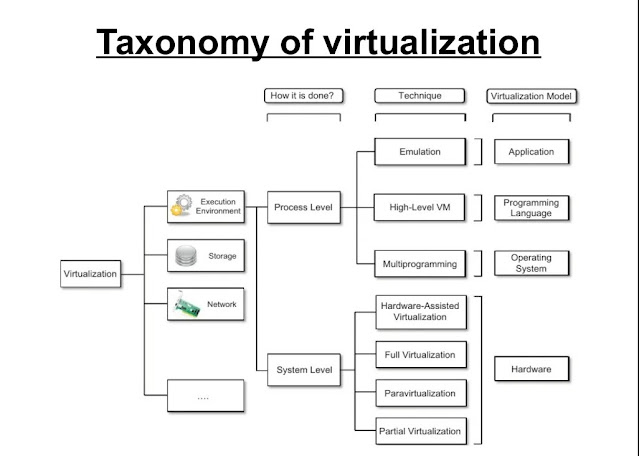Explain workflow?
Workflow applications with task dependencies
- The Workflow is defined as a collection of services that work together to complete a business process. Workflow applications are distinguished by a group of interdependent tasks. Such dependence which is typically data dependencies, such as the output of one activity being a precondition of another activity, determines how applications are scheduled along with where there are scheduled. Concerns in the scenario are connected to establishing a workable task sequencing and optimizing task placement such that data transportation is minimized.
- The concept of workflow as a systematic execution of activities with dependencies on one another has proven to be beneficial for articulating many scientific studies, giving rise to the concept of the scientific workflow.
- "A workflow is the automation of a business process, in whole or part, during which documents information, or tasks are passed from one participant (a resource; human or machine) to another for action, according to a set of procedural rules." - Workflow Management Coalition
- Numerous scientific experiments are made up of problem-solving components that, when combined in precise order, define the essence of the experiment. When such studies demonstrate inherent parallelism and require the execution of a large number of operations or the handling of massive amounts of data makes sense to run them on a distributed infrastructure for the best performance. A scientific workflow often includes data management, analysis, simulation, and middleware to aid in workflow execution.
- A scientific workflow is illustrated using a Directed Acyclic Graph (DAG), which depicts the relationship between tasks or procedures. The DAG nodes represent the tasks to be accomplished in a work application; the arcs linking those task nodes define task dependencies and data channels that link the tasks. The most frequent dependence realized by a DAG is data dependence. This dependence is depicted as an arc that starts at the node that identifies the first task and ends at the node that identifies the second task.
- Looking at figure 5.17, you can see the overall method for creating a Mosaic. The labels on the right side of being graphic illustrate the several actions that must be completed to create a mosaic. In this case, seven large pictures are used. As numerous activities must be done concurrently, the mosaic generation process might benefit from the capability of distributed infrastructure. Each image file must go through the procedure of image file transfer, reprojection, difference computation, and common plane placement. As a result, for these activities, each of the photos may be handled in parallel. This emphasizes the significance of a distributed infrastructure in workflow execution.




Comments
Post a Comment